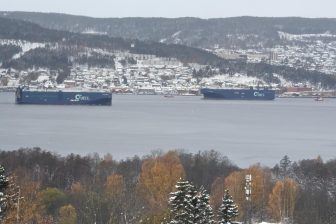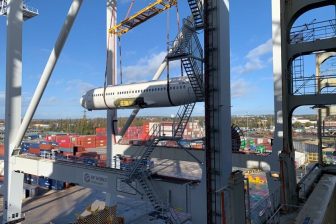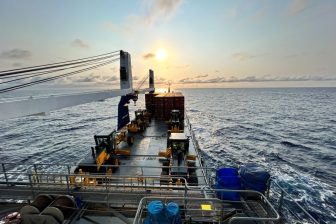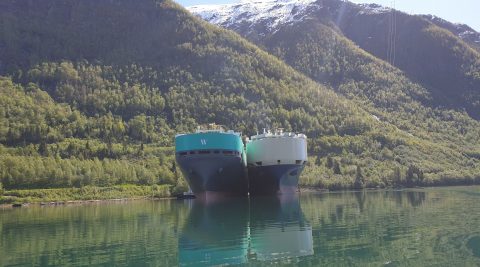
This is how Wallenius Wilhelmsen mothballs vessels
Wallenius Wilhelmsen has laid up ten vessels in response to factory closures and bottlenecks in the supply chain caused by Covid-19. Seven of those vessels are anchored in Norwegian fjords and another ten vessels could likely follow suit. Local communities look after the idle ships.
The Covid-19 crisis has caused overcapacity in Wallenius Wilhelmsen’s 123-vessel fleet. In response to the drop in demand, the ro/ro carrier has taken drastic steps to reduce its cargo-carrying capabilities. Four older vessels will be scrapped, seven chartered vessels returned to their owners and 10 vessels so far have been sent into lay-up, with another ten possibly to follow suit.
The majority of the stacked vessels are anchored in Norwegian fjords. Completely switched off and unmanned. It is the first time in 12 years that Wallenius Wilhelmsen is forced to stack vessels. “The maritime industry is cyclical; business comes and goes. But this is the first time that all segments of our industry have been hit at the same time”, captain Filip Svensson of the marine operations management at Wallenius Wilhelmsen says in a release on the company’s website.
Local communities
Reason to lay-up the vessels in fjords is that they are not prone to bad weather. “In Norway, the fjords where we are laying up vessels are protected by mountains and far from storms, and in Malaysia, we have chosen areas where we know there are unlikely to be typhoons. Bad weather could potentially mean the vessel dragging her anchor or losing mooring lines”, Svensson explains.
The locations are also chosen with the restart of business in mind. “Southeast Asia and Europe are our preferred locations because we are sure cargo will start up on these routes again”, Svensson adds.
The vessels are looked after by the local communities in the harbour area, which often include ex-seafarers. They look after the vessels, perform regular inspection and maintenance, making sure rotating equipment is functioning, and that mooring lines and anchors are in good shape.
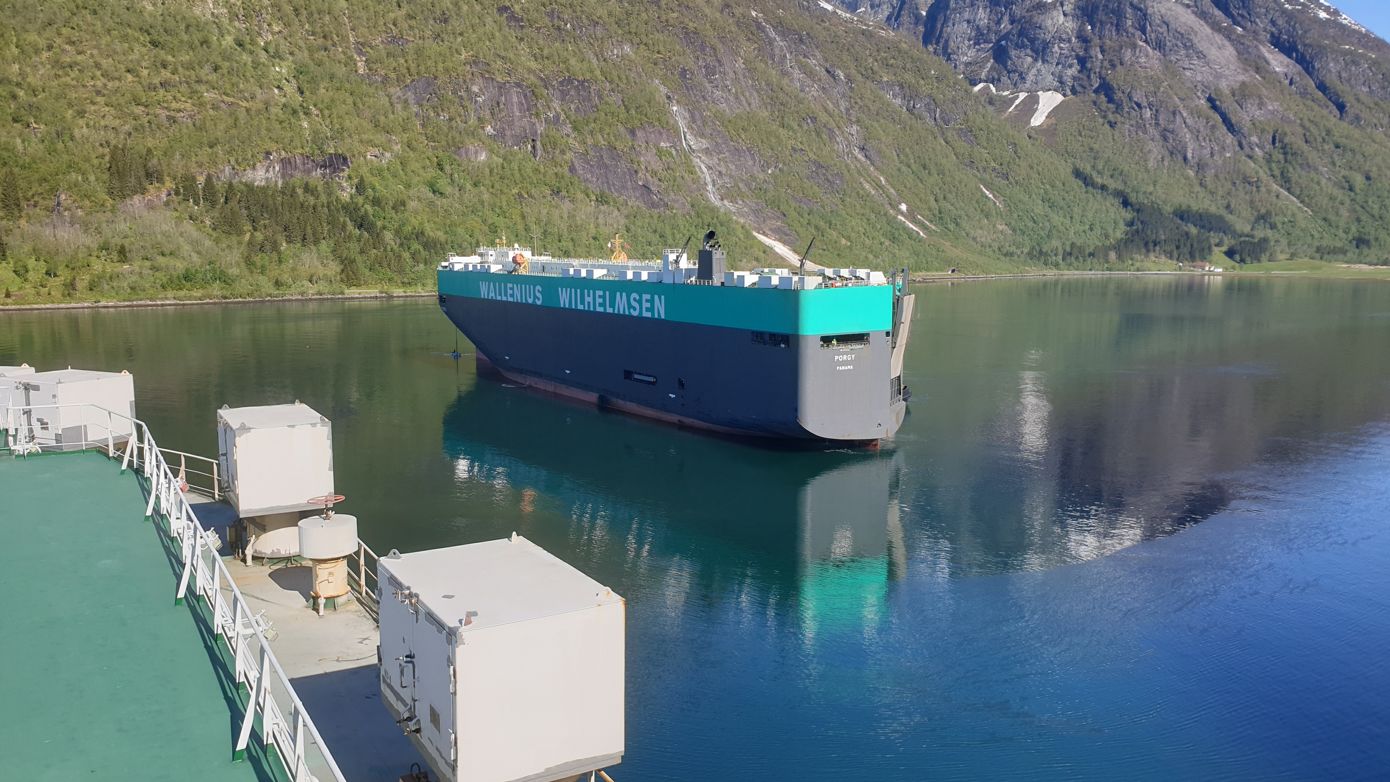
According to Wallenius Wilhelmsen, a vessel arriving for cold lay-up is welcome economically for these communities. “It provides employment for local people and for us, it means the vessel is watched over 24-7”, the company states.
At the moment, it is not clear when the vessels will be returned to service. However, when the decision to restart the vessels is made, it will take another three to four weeks to actually have the vessels ready to set sail again.
“The ship needs to be prepared for people to live onboard it again, so you have to begin by procuring stores for the crew such as food and freshwater. The freezers, cold rooms and lighting have to be started up. Then we start up the equipment on the bridge, in the engine room and cargo hold. The exact steps vary depending on the vessel type and how long it has been out of action”, Svensson explains.
Wallenius Wilhelmsen is currently still experiencing issues due to the closure of borders and customer’s supply chains are still disrupted. “But things are improving day-by-day and we would hope to be able to bring the vessels back into service in the near future”, Svensson says.
Falling demand
According to an analysis from Vessels Value, demand for vehicle carriers is down significantly since the onset of Covid-19, with volumes declining 18% year-on-year so far. Some markets, like Japan exports and China imports, are showing a faster recovery than others, like US exports and UK imports. “However, there is still a long way to go to get back to pre Covid-19 demand levels, and until that happens, or there is significant increase in vessel scrapping, the vehicle carrier market will remain challenging”, the analyst firm concludes.

